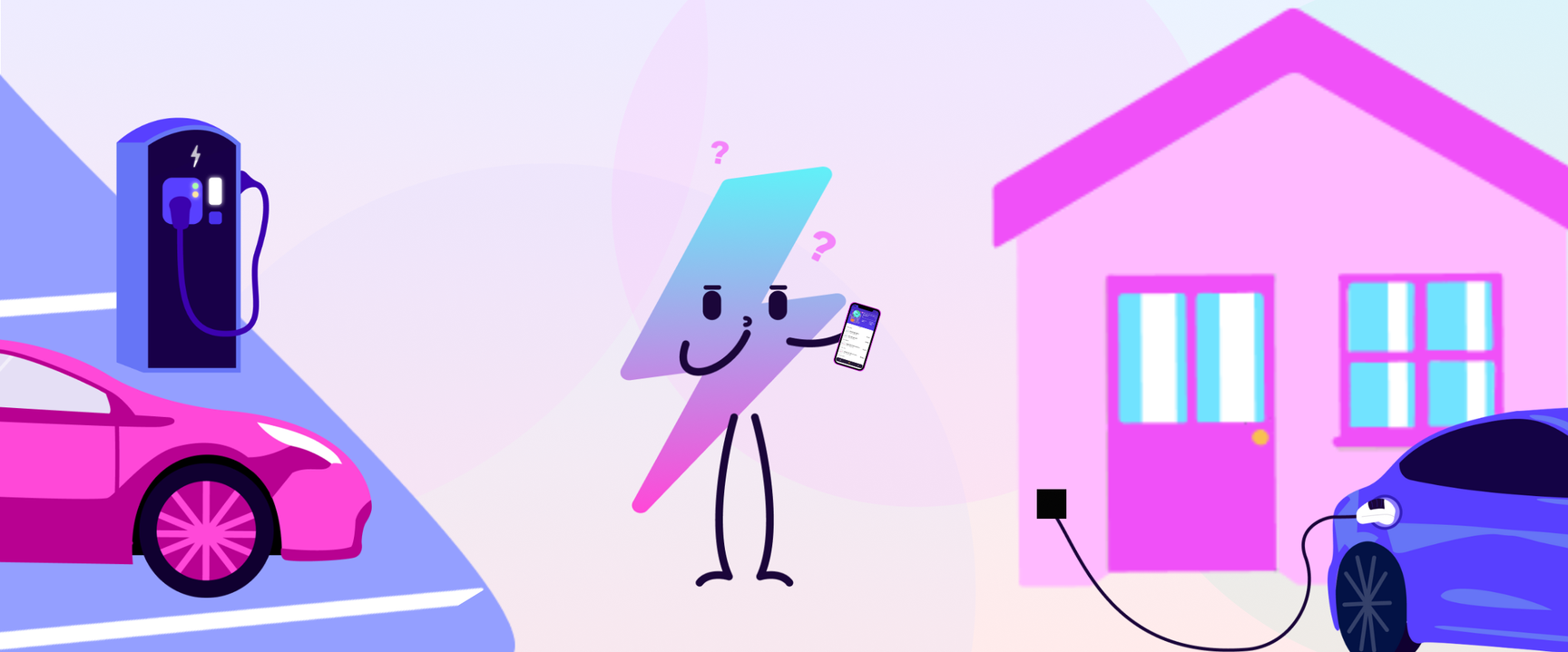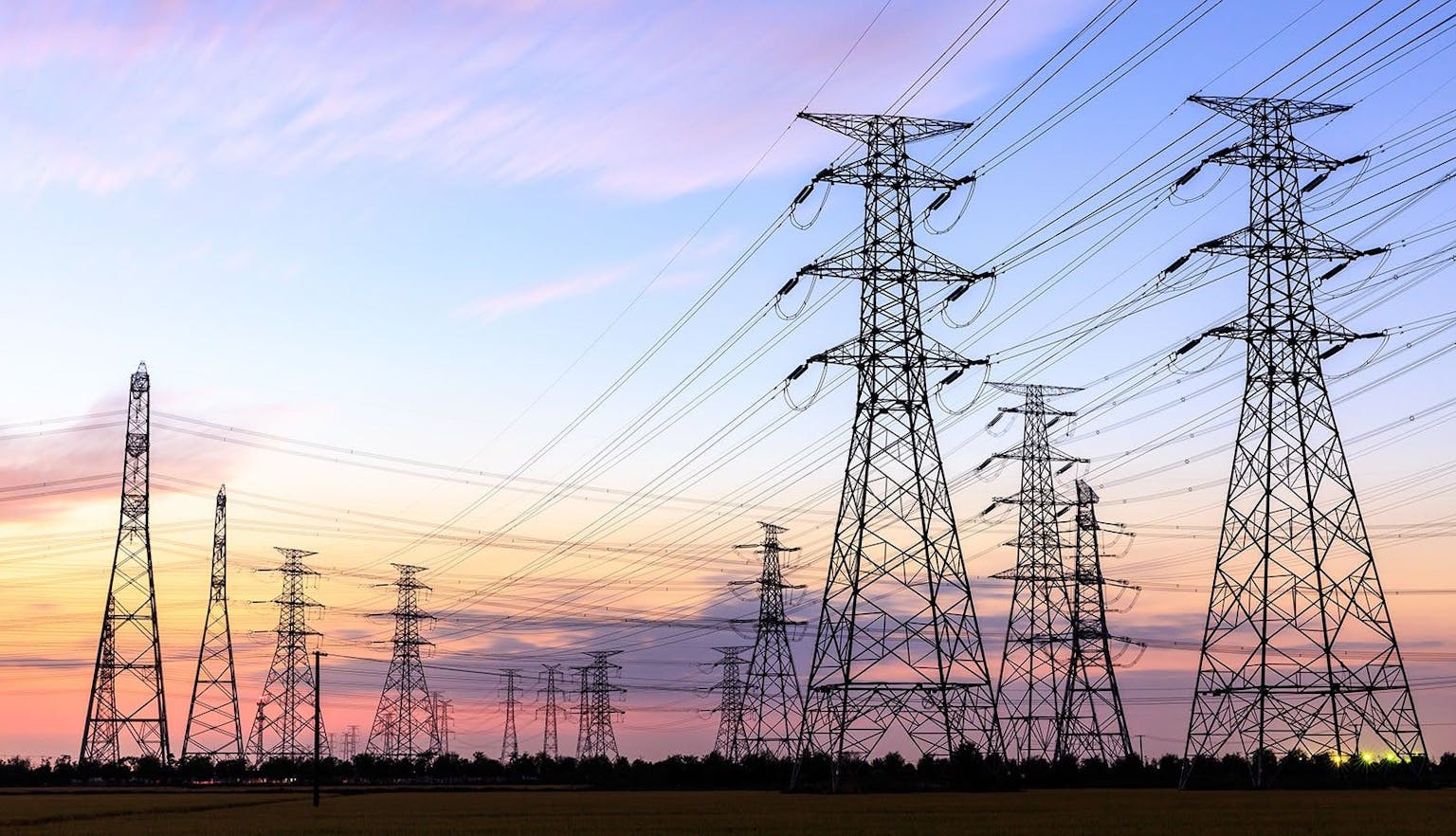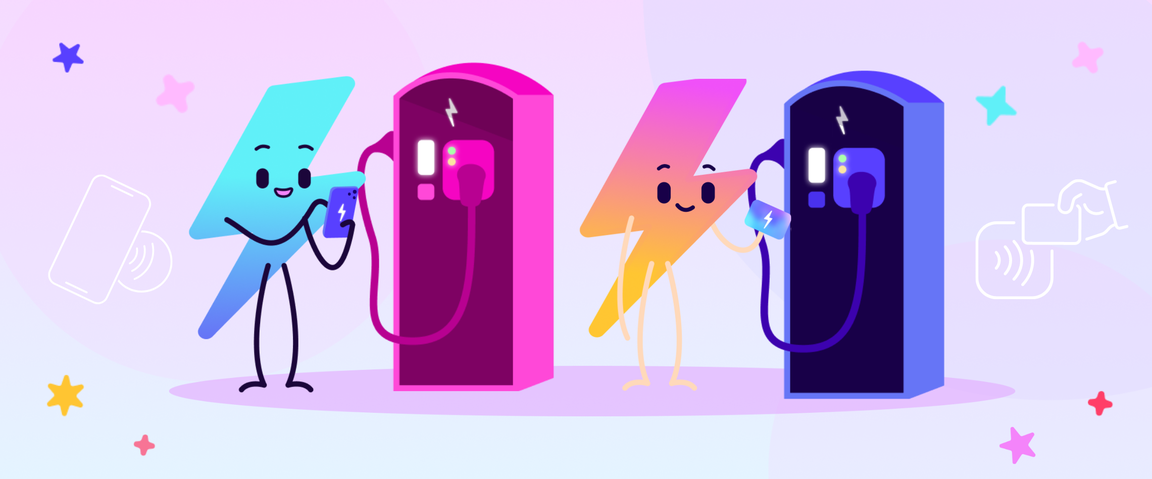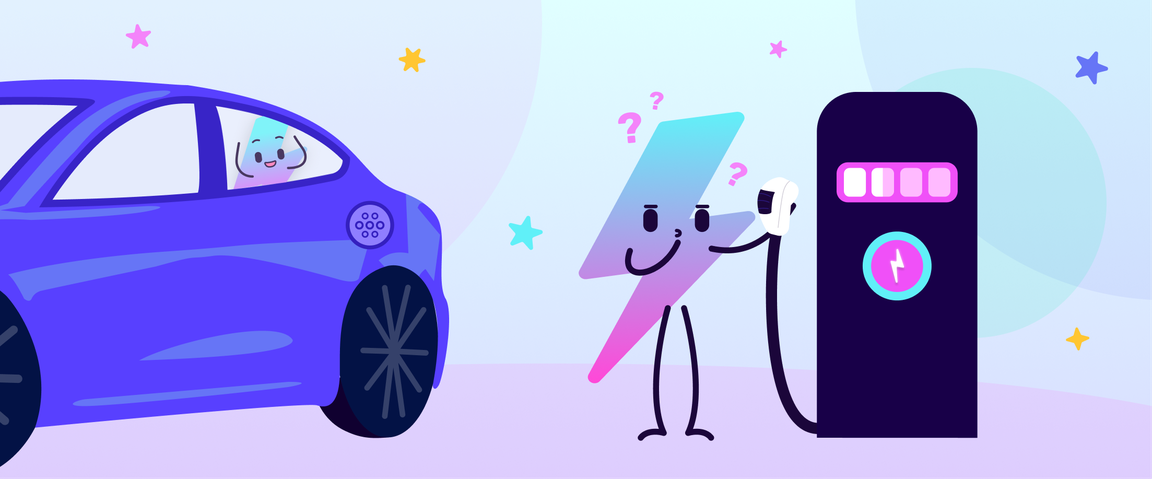Why can public charging be more expensive than home charging?
The energy market can be complicated - differences in the wholesale and retail processes, price volatility, VAT variations - and sometimes, these complexities can trickle down into the public charging network.
In fact, due to wholesale price changes, some charge point operators (CPOs) have varied pricing systems - fluctuating their pricing regularly - to keep up with these changes.
We’re here to explain - not only - why there’s a difference between public charging pricing and home charging pricing and why public charging pricing varies between CPOs but also how to take advantage of low-cost periods by making the most of some awesome Octopus Electroverse (and Octopus Energy) discounts!
Let’s get plugged in…
Why do different charge point operators (CPOs) charge different amounts?
A good place to start when trying to understand the variation in public vs home charging costs is to look into the pricing logic behind different charge point operators (CPOs).
There are a lot of different variables which we could go into when it comes to charging pricing - here are just a few:
Location - the charging tariff can depend on the location of the charger (oh yes!), with some areas being simply more expensive to charge than others. This isn’t necessarily postcode dependent, but places of high charging traffic, e.g. motorway services
Charging speeds - the theme tends to be: the faster the charger, the more expensive. To learn more about the speed of chargers that different networks provide, check out our blog: Which charging networks offer rapid and ultra-rapid charging speeds?
Connection fee - imagine having a membership at a gym - one of the things you’re paying for is equipment maintenance. The same goes for chargers. This is why some CPOs charge a small connection fee to contribute to the maintenance of their charging infrastructure.
We could go on, but the above points only impact charging costs a little - the main culprits for higher public charging costs boil down to wholesale energy costs and VAT (Value Added Tax).
How does VAT affect public charging rates?
Currently, an EV owner charging at home pays VAT at a rate of 5%, whilst public charging has a 20% VAT rate.
Due to the fact that all charge point operators (CPOs) are charged the 20% VAT rate, domestic VAT is still much lower. VAT is the main reason for the difference in price between home charging and public charging.
There’s been a lot of discussion around this - here are just some of the VAT protest efforts that have taken place over the years:
In March 2023, an open letter from EV advocate group, FairCharge, called for Jeremy Hunt (chancellor of the exchequer in the UK) to level VAT rates. This letter was backed by 44 MPs.
Their arguments are all very similar: the additional tax discriminates against drivers without driveways or garages, discouraging EV sales and undermining the UK’s net zero goal.
How do gas prices affect public charging rates?
Did you know that when wholesale electricity prices rise, the price is set by gas? This means renewables, like wind and solar power, are subject to price increases that have nothing to do with their generation or consumption. Charge Point Operators (CPOs), therefore, fluctuate their pricing alongside the overall price of electricity.
CPOs, just like other consumers, buy from energy suppliers - meaning if the price they’re getting from their energy supplier rises, the CPO will have to match this price to ensure they break even!
How to take advantage of public charging discounts
For the time being, home charging does offer more competitive rates - but that doesn’t mean there aren’t plenty of discounts to be had on the public charging network…
Launched at the end of 2023, Plunge Pricing is an exclusive Electroverse feature which offers big savings on the public charging network when energy is in high supply.
Sometimes, the wind turbines are spinning particularly quickly, or the sun is shining more intensely, meaning a high supply of generation is on the grid - so why shouldn't public charging prices change to reflect that? We believe they should.
There’s much more to say on Plunge Pricing, so if you’re keen to hear more, head to our blog: What is Octopus Electroverse Plunge Pricing?
If you’ve heard enough and just want to know how to be notified about a price plunge event - turn on your Electroverse app notifications! We’ll send an alert at least 24 hours before a price plunge event will happen.
We’ll also announce across our social channels (X, Facebook, and Instagram), so feel free to give these a follow.
Electroverse discounts and dynamic pricing
Where we can, Octopus Electroverse offers exclusive discounts for specific charging providers, helping you keep charging costs low.
For example, when using the Electroverse, you can save 5% on IONITY, and 20% on Osprey chargers from 7 pm - 11 pm.
And for Octopus Energy customers on GO and Intelligent GO tariffs, by linking your accounts with Electroverse, you can benefit from 5% and 8% off the Electroverse network respectively.
For those with a home EV chargers…
You didn’t think we’d leave you guys out, did you?
Charging at optimum times
When you charge your EV at home, you can utilise off-peak periods for cheaper pricing.
An off-peak tariff control via a smart meter, for example, could save you even more money - with Octopus Go, you can get cheaper energy between 00:30 - 04:30 every night.
But, it’s a good idea to check when your favourite public charger is off-peak; public chargers also have cheaper periods which can help you cut down!
Either way, electricity is usually at its cheapest overnight so that’s often the best time to do it!
Feeling enlightened or do you think something was missing? Let us know by sharing your feedback.
Interested in learning more? Head over to our Electroverse Community area for more electrifying content.







